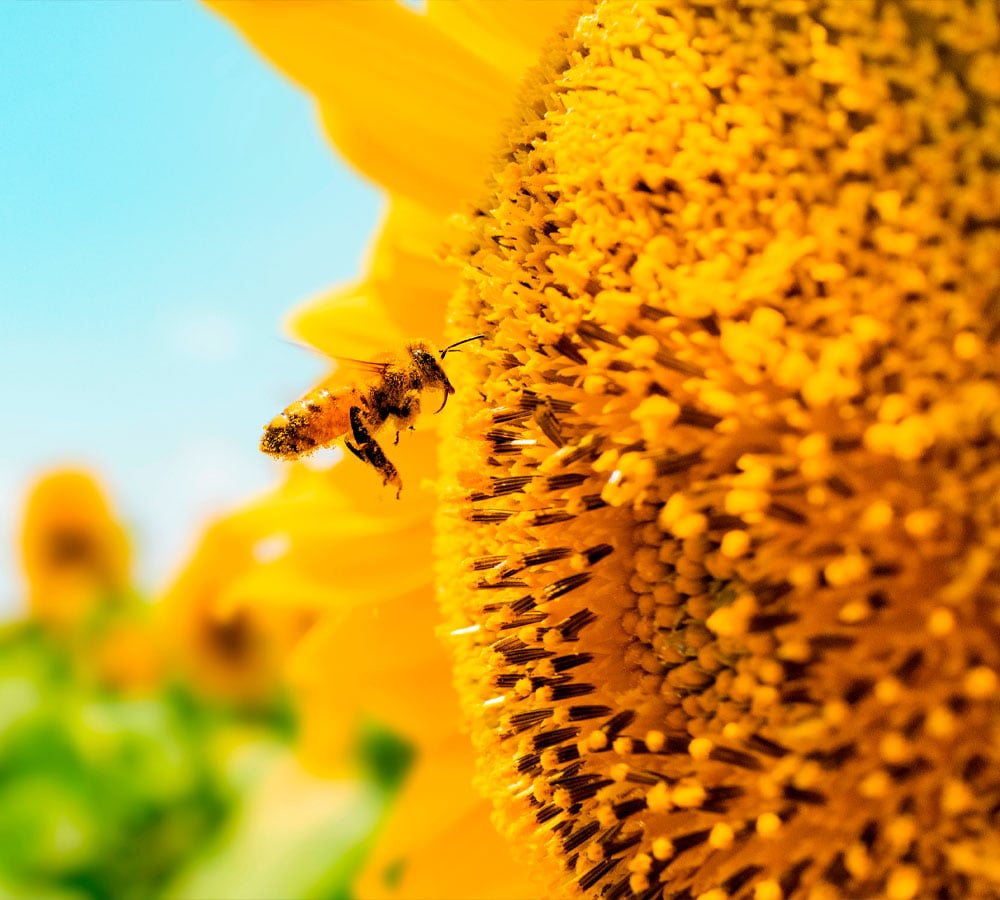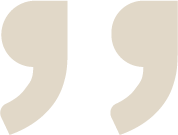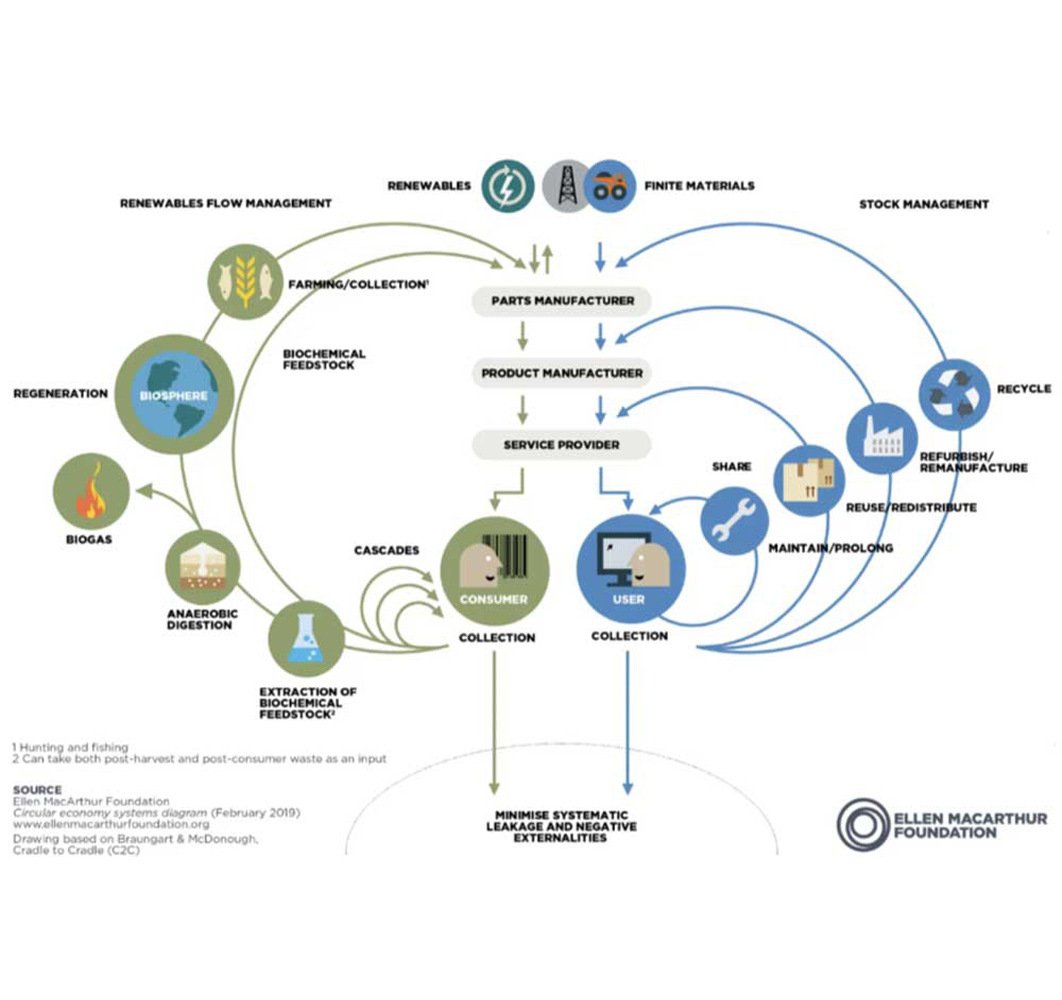The Butterfly model illustrates the continuous flow of materials in a circular economy. It was developed by the Ellen MacArthur Foundation.
What exactly is it, and what can you do with it in your business? We'll also show how we've implemented the Butterfly model - literally - in our zero waste office.
What is the Butterfly model?
The Butterfly model (also called: Butterfly diagram or Butterfly model) is a visual framework that illustrates the principles of the circular economy. It shows how we keep raw materials in a closed loop, aiming to minimize waste and maximize value retention. The Butterfly Model gets its name from the 2 wings that comprise it: the biological cycle (left) and the technical cycle (right):

The technical cycle (technosphere)
The technical cycle of the Butterfly model is for industrial products and materials. The starting point is that these do not become waste. Instead, they remain in the industrial cycle thanks to reuse, repair and recycling, among other things.
The model places the highest value on sharing, maintaining and reusing whole products. Those methods take precedence over reusing or recycling parts.
Take a laptop for example: a lot of time and energy went into making that device. Do you take it apart to reuse parts in other devices? Then that time and energy are lost. That's why it's better to go for repair of the entire product. This also benefits consumers and businesses: they don't have to invest in new, replacement products.
The biological cycle (biosphere)
The biological cycle of the Butterfly model is for materials that are biodegradable. These can safely return to the earth, to regenerate nature.
It is mainly for materials that can be consumed, such as food. But even cotton or wood can eventually end up in the biological wing: once they have broken down to the point where they are no longer suitable for making new products in the technosphere.
'Regenerate' is a key word in the circular economy. In a linear economy, we are always degrading nature. At most, the focus there is on doing less damage. But in the circular economy, we focus on how we can actually improve nature.
The "body" of the model
The middle of the model is about consumption and use of products and materials. In other words,- How can consumers use products more efficiently and minimize waste? This can be done, for example, by sharing or leasing instead of owning products.
- How can manufacturers design products so that they can be easily maintained, reused or recycled at the end of their useful life?
What can you do with the Butterfly model?
You can use the Butterfly diagram to make steps towards full circularity of your (used or produced) products and materials. In doing so, you make a concrete contribution to a more sustainable future. Moreover, it offers you noticeable benefits:
- You produce less waste
- You save raw materials and energy.
- You create new opportunities for innovation and growth.
- Your company or organization gets a better image
Would you like to be inspired to get started with the Butterfly diagram? Then you really should drop by our office on the Pittsburghstraat in Rotterdam...
Milgro embraces the Butterfly model
Both wings of the Butterfly model are literally reflected in our office, namely in our stairwell.
Our 2 stair columns are the heart of our office. Together, they show the difference between the 2 types of raw materials (biodegradable and non-biodegradable).
One stairwell visualizes the "biosphere": the natural, inexhaustible and renewable raw materials from the earth. Think forest, minerals and metals. But it also includes renewable energy sources: wind, water and sun.
The other staircase visualizes the "technosphere": non-natural, limited available and non-renewable resources. Think fossil fuels, plastics and metals.
Together, the columns form the main pillars of our office, which we have designed from head to toe to be as circular as possible. Read hereall about it.
Stay informed
Stay up to date with all the new developments? Follow us on LinkedIn and Instagram or subscribe to the newsletter. Are you curious about what Milgro can do for your operations and waste process? If so, please contact on.












